Monster Hunter Stories 2: Wings of Ruin (Nintendo Switch) Review
By Nayu  07.07.2021
07.07.2021
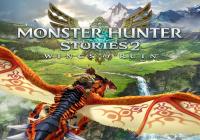
The immensely popular Monster Hunter series has games on several generations of consoles, known for detailed world environments and characters, plus complex battle mechanics. August 2017 saw the release of the spin-off series Monster Hunter Stories on Nintendo 3DS from Capcom and Marvelous Inc, a brightly coloured chibi style RPG where monsters were not hunted for the sake of hunting, but caught for friendship bonding. The relatively straight forward plot revolved around saving the world from a disease wrecking the land, the Black Blight, coupled with simple fighting mechanics easy to both pick up and master proved popular enough for Nintendo to reveal a second title to the series in October 2020. Initially there was some ambiguity over whether it was a direct sequel, however further reveals from Nintendo and the game itself proves that is indeed the case. Monster Hunter Stories 2 is set in the same world as the first title, using a new protagonist who is the grandchild of an infamous Rider, Red, who had a legendary status in the world. The story begins when one of the flying monsters, Rathalos, disappears from around the world. A white-haired wyverian female, Ena, is found on the island with a single Rathalos egg and believes Red's descendant should be the one to protect it, despite it possibly being a creature that will destroy the world.
Like all games Monster Hunter Stories 2 starts with character creation. There is a variety of options for face makeup and hairstyle, most allowing two shades of colour to be used in the hair in pre-set positions. Alongside this option, there is the ability to use a colour picker to select specific shades of any colour in the rainbow which giving players a more unique look than giving just ten colour variations. Hairstyle, colour, and makeup options can all be changed at any time at the protagonist's home, but gender and eye colour are only adjustable at the start. Face creation involves choosing eye shape, eyebrow and nose style too. A pleasant surprise was the ability to give each eye a separate colour if so wished: whatever colour is chosen will be the ones in Red's eyes whenever he appears as a memory. New armour can be bought from the weapon shop and another unique merchant; apart from a limited selection available to purchase straight away, new outfits appear whenever a new monster is successfully beaten, and have a limited range of colour customisation. There is a range of layered armour which is a skin for character, so a favourite style can be seen on the character even if the armour stats are too low to be beneficial: this option is unlocked later in the game after a specific town is reached. It is a shame that considering whatever the protagonist wears is shown in cut scenes where the outfit is worn that sometimes the hands or arms pass through the material of the outfit.
Unfortunately there are no skins for weapons, which is a real shame especially as not all styles will appeal to all players. There are six types of weapons grouped in three categories: the sword and shield plus the great sword are slash weapons, the hammer and the hunting horn are blunt weapons, leaving the piercing weapons of the bow and the gunlance. Players are free to choose whichever they like but all monsters have weapon weaknesses that would be crazy to ignore. Unless going out on specific quests where it is known which type is needed, it is advisable to have a weapon from each category in the three weapon slots available during battle. There is no penalty for changing weapons mid-battle: this change is permitted once per turn and does not count as a completed action: an attack or other move can be carried out after the weapon change. Outside of battle equipped weapons can be changed at any time in any place. Once forged or bought weapons can be upgraded a few times to make them stronger, once all the required materials are collected.
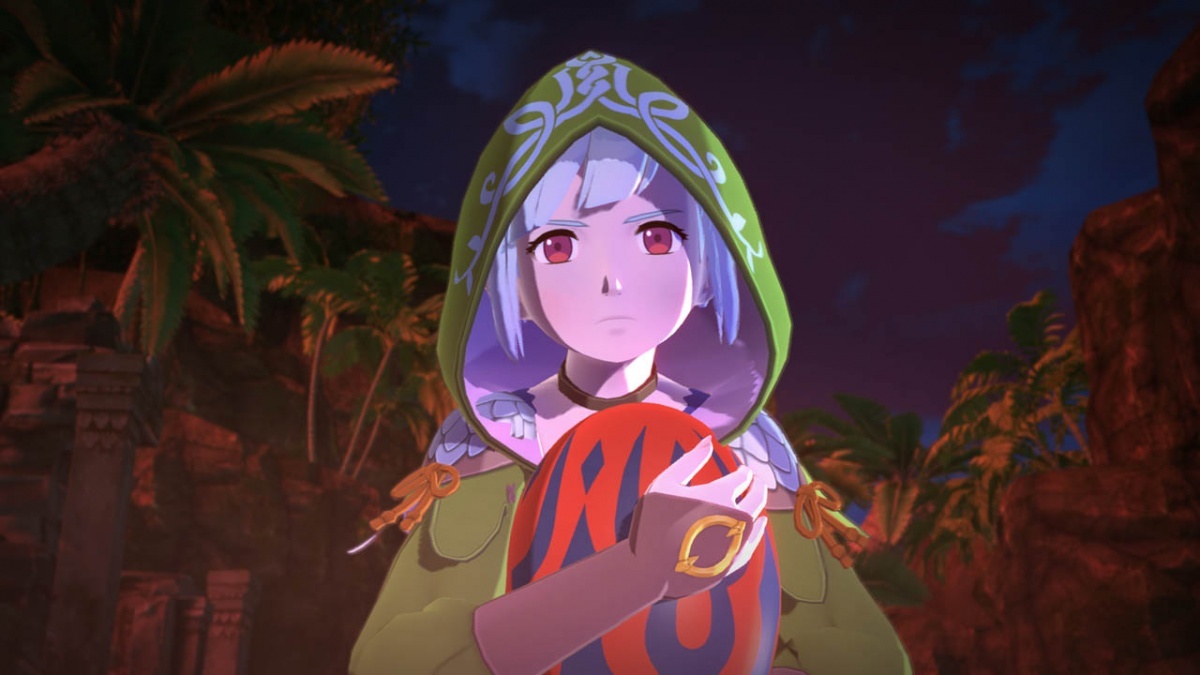
Weapon choice is not the sole aspect of battles: the essence of battle mechanics is based on a rock-paper-scissors equation. Power attacks beat a technical attack, which beats a speed attack, that in turn brings the three attacks full circle in beating a power attack. It takes practice to learn which monsters favour which type of attack, and these vary when a battling a harder monster, but even for those with little experience in the mainline Monster Hunter games it is relatively easy to understand which attacks will cause the most damage. Thankfully after each weapon is tried once, the weapon category (slash/blunt/piercing) is displayed as a symbol: if it is ineffective (dealing relatively low damage) the symbol will be crossed out. If a weapon type is extremely effective and will deal high damage it will shine brightly. This makes it easier for gamers unfamiliar with using weapon types, likewise the symbols under the fight option in the menu provide a constant reminder of which attack type is stronger than another. All of this accessibility makes it easier for players with short memories, with the images on screen being small enough that those more experienced will not be bothered by their presence.
Deliberate changes were made from the first game to make battles in less confusing: the developers acknowledged the extreme randomness of monster tactics made the battles less enjoyable, and battles are more fun for players of all experience levels in Monster Hunter Stories 2. There is no difficulty setting for the game but it is not needed: there are no unreasonable difficulty spikes, late game monsters are naturally tougher which is explained clearly in the story itself. For those wanting to speed up encounters, there are three speed options which are amended during battle itself with a simple button press. The speeds are normal, double, and triple. In the latter two speeds rider attack animations are sped up and also skipped completely. The animations can be skipped in normal speed combat by pressing and holding a button. Skipping these action scenes and changing battle speed is an appreciated bonus especially if certain monsters are being fought in an effort to get them to retreat after battle so their eggs can be acquired, or if there is limited time to play a game so speed is of the essence.
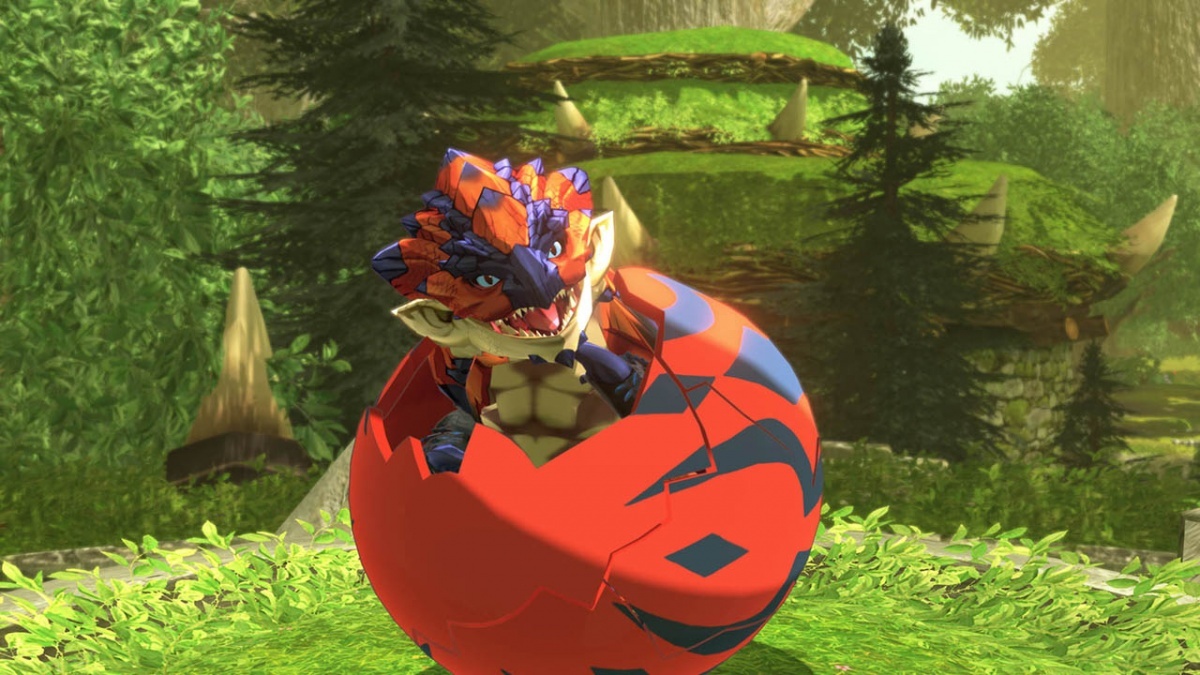
Battles are an essential part of monster hunting, but not the only one. Beating a monster does not instantly win its affection and make it a part of the team. For that, monster eggs need to be found and hatched. Dotted around the wild are monster dens: there are normal dens have any egg in, sub-quest dens are self-explanatory, then rare dens are golden in colour and have rarer monster eggs or ones with better genes. Inside the den may be a few areas with items to gather and some monsters to fight before the egg chamber is reached. The nest will have several eggs in it - with the exception of Everdens which are large dens containing the usual gathered items plus chests full of bottle caps, an item used as currency for a particular merchant. Everden nests only have one egg in the nest, whereas all other nests have at the least three eggs in them, sometimes more. Once an egg is picked up, it can be taken out of the nest and added to the collection, with a total of twelve stored in the menu until a stable is reached so they can then be hatched. Space at the stables is not limitless, but can be upgraded upon reaching a new village in a different region using the bottle cap Felyne merchant. If the pattern and colour variation haven't been seen before it is often better to take the first egg that is picked. Each monster species has a particular colour and pattern to its eggs: these colours do not vary as much as they did in the first game because a new system of shining eggs replaces the colour variation relating to how good the genes were. If good genes are important, it can be advisable to keep picking an egg until one that shines appears This can equally backfire and a basic egg is found. All eggs have a monster in them, so even though previous picked up eggs disappear forever, there will always be an egg to collect. Shiny eggs make a different noise, and can indicate good quality genes inside, as can what Navirou the cat says when the egg is picked - the heavier and smellier the egg the better, (although good smelling eggs are also desirable). At first it can seem confusing which egg to pick, but experience helps understand the process.
Genes are important because they provide skills, both passive and active for the monsties - monsters who are befriended through egg hatching - to acquire as there is no separate magic spells to use, just the protagonist's weapons. Once the first part of the game is completed it is possible to manually change the genes each monstie has, so long as there is another monstie with that gene. This process is clearly explained in the initial tutorial, and like egg choosing becomes easier the more it is performed. Each monster has nine gene slots, not all are available after hatching. Some are locked away through level progression. Others need unlocking with specific items that are hard but not impossible to acquire. There are different colour genes relating to the element they belong to, as well as different symbols on them mostly relating to the three attack types. Each gene says clearly what it is and what size it is: size for genes means small, medium, large etc and relate to how strong that gene is. At the start of the game small genes are the most common, later on medium and large genes become more widely available. It is possible to play the game keeping the original genes in the monstie, some new abilities can be added if blank slots open up. It is recommended to try and play around with the genes a little to maximise the power of the individual monstie. Making some with high resistance to particular elements is advisable in some regions where monsters use those types of attacks. It is fun adding skills that are not necessarily associated with a monstie: for example giving a poison based monstie a fire attack when it's other abilities are non-elemental. There are endless possibilities with genes with some bonuses (known as bingo) activated if a row of genes has the same element or the same type of power: when adjusting genes it is shown if these bonuses will appear. A new feature unique to Monster Hunter Stories 2 is gene stacking: this happens when a gene already present in a monstie has an identical gene added on top of it, giving the gene icon a yellow star at the bottom. This increases the gene's overall power, giving further monstie customisation for those who like playing with genes. Stacking genes is not a story necessity, but can reap rewards when experimented with.
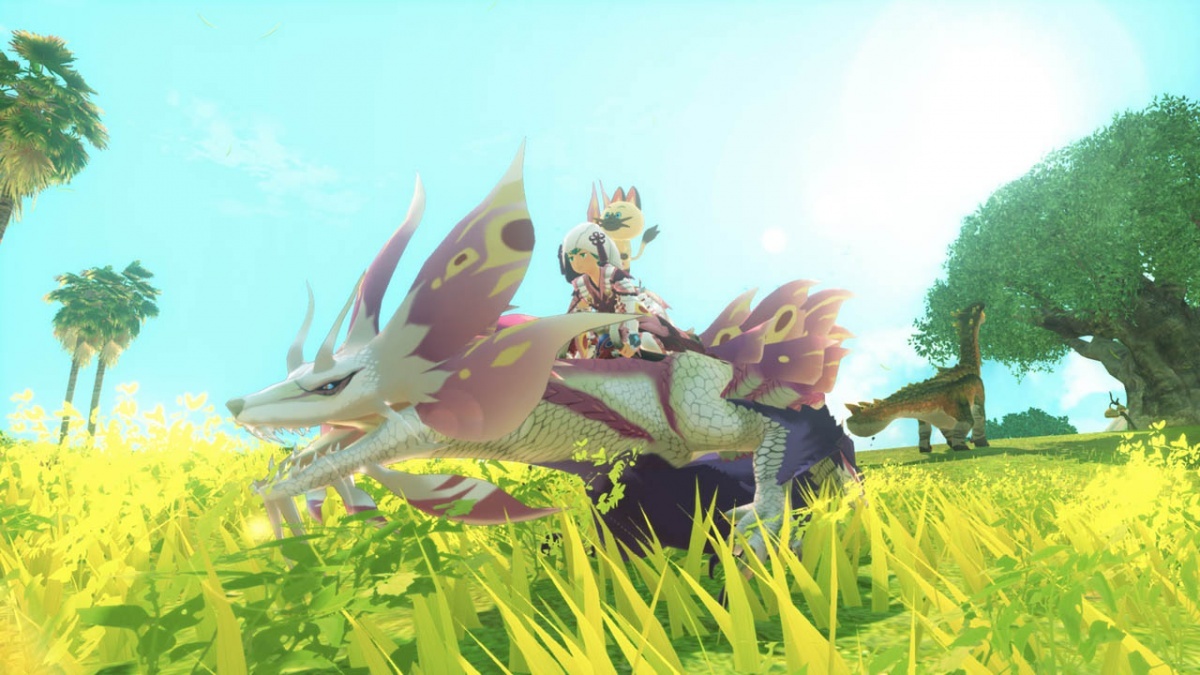
Between battling monsters, gathering eggs and adjusting genes, there is the fundamentally good plot that is infinitely more twisted in nature than the first title. There are many parts of the game where the plot twist is so sudden and out of the blue in what it involves that a mix of shock of what happens and pure admiration for the story's writers. Naturally some plot clichés exist and are pointed out by characters, but overall it was hard to guess what would happen next, an element that many will favour. The strong characterisations using many new people and also a few returning ones from Monster Hunter Stories made it more than just another monster battle RPG. The Felynes, the cat characters who are present to help whichever species they live with, as well as be in charge of the stables where the monsties are kept. They are plain adorable and that is made clear in how they are treated. Each of the main characters introduced - not just those who team up with the protagonist, all have a way in which they grow throughout the story. They all matter and are likeable or hateable, depending who they are. Fans of the first game will be thrilled by the entrances familiar faces make and how much of an impact they have on seeking the truth about the missing Rathalos, as well as the unusual one who hatches for the protagonist. Some become part of the main party, aiding Red's grandchild in battle either as Hunters, who do not have a monstie but have enough strength and skills to make up for the power a monstie can have.
Each region has a rider and monstie pair who accompany the main team: their battle prowess is much needed especially in boss battles where the main player can spend a lot of time healing everyone, leaving the other three to fight. Riders and hunters in battle sometimes use healing items, but their use is not predictable. They have their own special abilities which come into play once a gauge is filled and if the protagonist's monstie gauge is filled at the same time a devastating dual attack can be unleashed. The music that accompanies the battle and other animated scenes fits perfectly, with different battle themes for different types of battle. Most of the voice actor's voices matched the feel of the character, the exception being the English version of Navirou the helpful cat who sounded far too old and might make the Japanese voice option more appealing even if it is a new language for the player. There are subtitles throughout the whole game that mostly accurately reflect the original Japanese dialogue, with some subtle differences. There is one occasion where nothing was voiced which felt odd. During battle when a rider and monster perform their special attack alone or with another rider or hunter, their voice makes noises throughout the action, but at the part where it shows them clearly hurtling into battle with their mouths open there is silence which seemed wrong. It felt like they should have been yelling to intimidate their enemy, why else would their mouth be wide open?
Unrelated to battle, an element present in the first game was finding poogies - cute little pigs with different coloured clothes on them, is entirely absent. They were mentioned occasionally by NPCs, but never seen and certainly never needed to be found. This may be a tiny element of the first game, yet it helped make the game fun and is a real disappointment that it was not carried over to the sequel as it gave an extra purpose to exploration aside from collecting materials and hunting monsters. Elements like the board for side quests is in both games: these can be repeated after the initial quest is completed with the same rewards given, useful for collecting money needed to buy armour, weapons, and items. Some usable items can be made anywhere by opening the menu and selecting combine: collecting recipes through purchase at a shop or quest rewards enlarges the range of combinable items. Most items can be bought but so long as all the ingredients are available it costs nothing to combine them. Side quests are not absolutely essential to completing the game, they can be ignored but they provide a way for the monsties to level up, as well as a method of gaining more items and money. Once the main story ends there are many more new side quests added, new items to purchase, new monsters not seen before and even a new area of special significance to explore alongside a special type of monster dens that will need great preparation before entering.
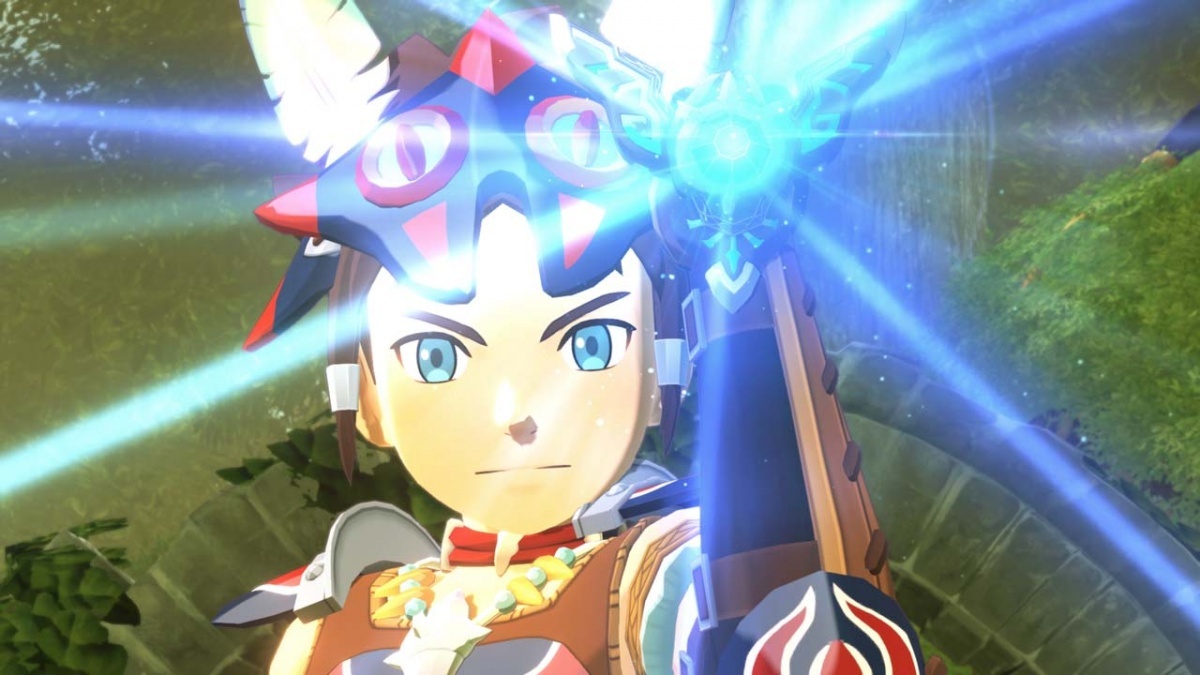
Cubed3 Rating
Exceptional - Gold Award
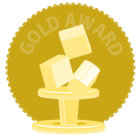
Masterful storytelling, building on the successful elements from the first game and amplifying the diversity available in gene mechanics all help make Monster Hunter Stories 2 a top-class RPG for Nintendo Switch. Aside from the poogies' absence and minor issues, there is no doubt that both returning and new fans will dive into monster hunting being impressed by the attention to detail in game design and execution that makes it accessible and highly enjoyable. It is a must buy game, and it can only be hoped that one day there will be another released to make it a trilogy.

![]() 9/10
9/10
![]() 0
(0 Votes)
0
(0 Votes)
 09.07.2021
09.07.2021  09.07.2021
09.07.2021  09.07.2021
09.07.2021  09.07.2021
09.07.2021 Comments
Comments are currently disabled

 Sign In
Sign In Game Details
Game Details Subscribe to this topic
Subscribe to this topic Features
Features





 Top
Top

